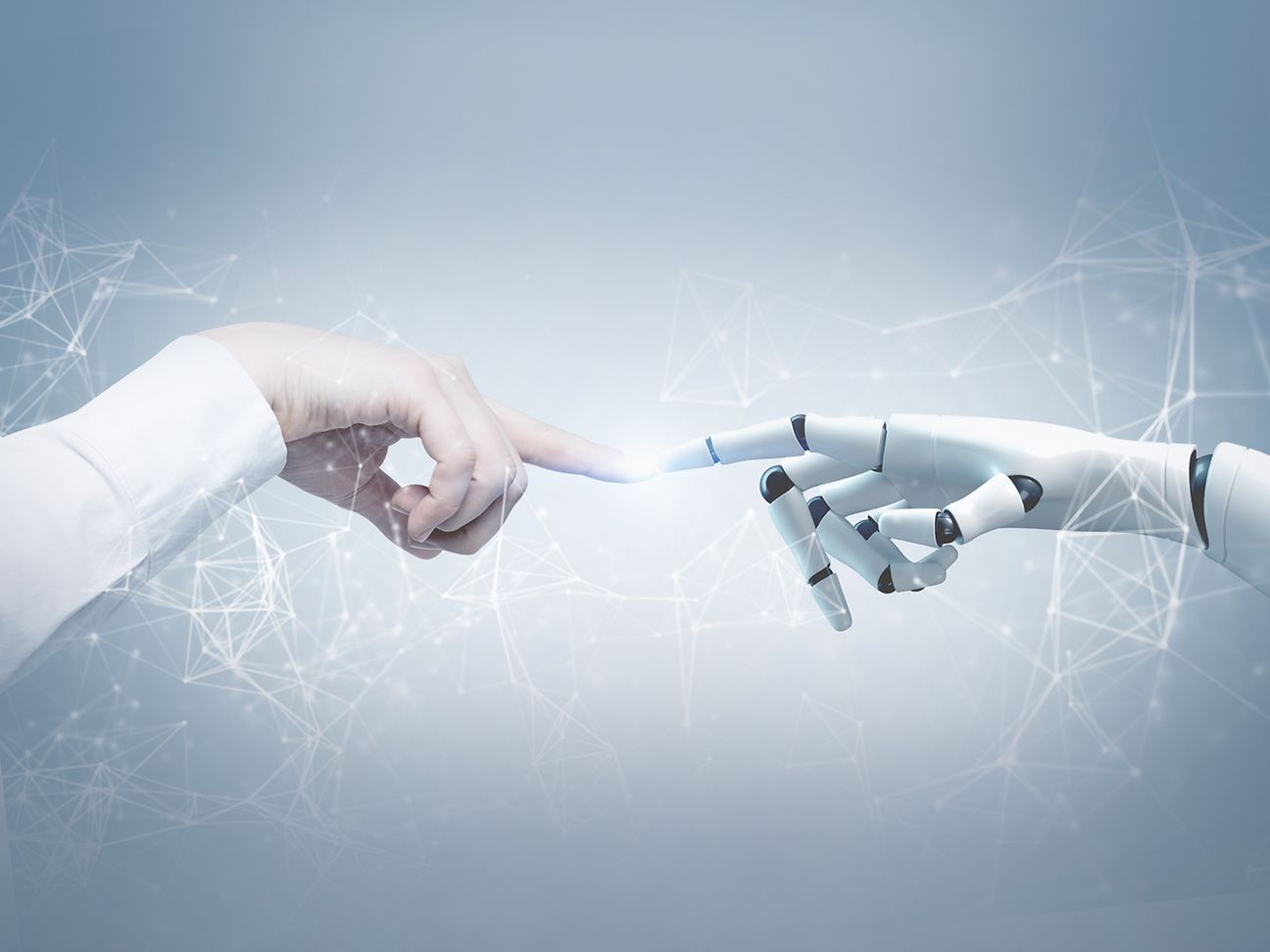

How Deutsche Telekom supports connected mobility
The digital transformation is set to change the way we get around – and connected parking spaces, personalized mobility services, and smart traffic management are just the beginning. Here are some examples of how Deutsche Telekom is already helping meet our future mobility needs.
Test area on the A9 freeway
Since 2015, Deutsche Telekom has been testing digital services along a section of Germany’s A9 freeway. Together with Continental, Fraunhofer Research Institution for Communication Systems ESK and Nokia Networks, the company wants to improve road safety and avoid traffic jams. The approach taken is to expand the mobile network to include real-time technology, making it possible to reliably deploy high-performance security systems with extremely low response times.
Since 2016, we have been testing connected driving by means of mobile communications together with customers such as BMW, Audi and Toyota as well as suppliers such as Ericsson, Huawei, and Nokia. The corresponding hardware was installed in Deutsche Telekom’s infrastructure and in the automakers’ test vehicles. The results of the test are being fed directly back into a process to develop uniform European mobile communications standards.
Fast networks for autonomous driving
Without fast mobile connections connected driving isn’t possible – to say nothing of self-driving cars. The safety and security aspects set a high bar for the communications network: The required data has to flow reliably and in real time.
The current LTE network is already well positioned – with top speeds of up to 300 megabits per second and latency well below 100 milliseconds.
The new 5G wireless standard is another possibility for speeding up data transfer. It will enable the transfer of information for connected driving at a defined quality level and extremely high speeds.
When vehicles need to communicate directly with one another, the LTE-Vehicular standard can help: LTE-V transmits data more reliably, and with greater transmission capacity, than a Wi-Fi link.
DIGINET-PS: urban testing ground in Berlin
DIGINET-PS is a German acronym that stands for “digitally connected protocol route.” It refers to a 3.65-kilometer-long connected test area in the heart of Berlin, stretching from Friedrichstrasse, past the Brandenburg Gate and the Tiergarten park, around the busy Victory Column traffic circle, on to Ernst-Reuter-Platz. The project is a kind of real-life laboratory to test the digital infrastructure for connected and automated/autonomous vehicles in the complex environment of a large city.
This major project is managed by a consortium led by the Distributed Artificial Intelligence Laboratory of Technische Universität Berlin and in which Deutsche Telekom is collaborating with other partners such as Fraunhofer, TÜV Nord, BVG (Berlin transport company), the Berlin Senate administration, and Cisco.
Connected mobility platforms for Daimler
Today, well over 50 percent of all vehicles on the road are equipped with mobile connectivity technology. In the vehicles of premium manufacturers, the ratio is close to 100 percent.
Daimler, too, relies on Deutsche Telekom’s connectivity expertise: Worldwide, several million of the company’s vehicles are already registered on its connected car platform, the Daimler Vehicle Backend, and thus online every day.
By connecting everything via the Internet of Things (IOT), Deutsche Telekom is providing support for real-time traffic management, as it will for autonomous driving in the future.
Digital Drive – the B2B retrofit option
Fleet operators and logistics companies are responsible for the safe and efficient use of large numbers of vehicles. That is why, in their efforts to make their business more profitable, they are increasingly making use of telematics solutions to capture real-time data and digitalize their processes. This is where Digital Drive, Deutsche Telekom’s retrofit solution, comes into its own. At the touch of a button, users can get answers to questions like “Where are our vehicles?” and “How high is our utilization rate?” Via an adapter in a vehicle’s OBD II interface, companies can gain valuable information on its status, position, safety levels, and use.
CarConnect – a tiny adapter can make any car into a smart car
The CarConnect adapter and the free smartphone app that accompanies it can turn cars built in 2006 or later into connected cars, equipping them to provide services such as:
- Surfing and streaming as if you were at home. The adapter’s integrated SIM card transforms your car into a hotspot on wheels. It comes complete with a 10-GB data allowance.
- Knowing what’s going on around you. Providing data on the vehicle’s status (including battery charge, error codes, etc.), notification if your car has been stolen or bumped into, information on where the car is parked.
- Real-time vehicle tracking – watch your car’s route unfold as it travels (it can show both current and previous routes taken), notifying you of its safe arrival if requested.
You can check whether your car is compatible with the CarConnect solution at
Park and Joy makes parking easier
Deutsche Telekom’s free parking app takes the stress out of parking. Park and Joy enables you to find, book and pay for free parking spots. iOS and Android versions of the app can be downloaded from the relevant app stores.
The service initially launched in Hamburg in 2017 with the payment function by app. The “Find” function has been activated since spring 2018, and Deutsche Telekom is already equipping the first parking spots in the Hamburg with sensors. That will make Park and Joy available not only for on-street parking spaces, but also for ones in parking garages and large parking lots. This smart parking system was also recently rolled out in Bonn. Six further cities (Dortmund, Duisburg, Oberhausen, Moers, Darmstadt and Hagen) are to follow soon


